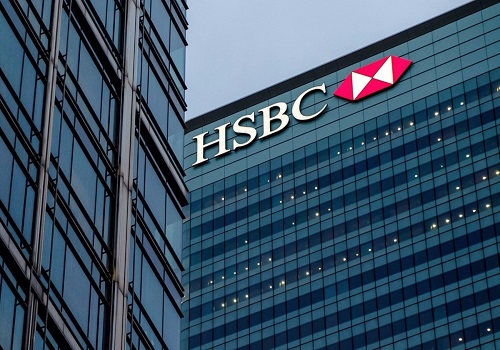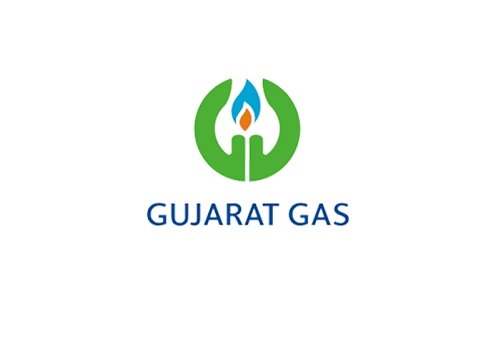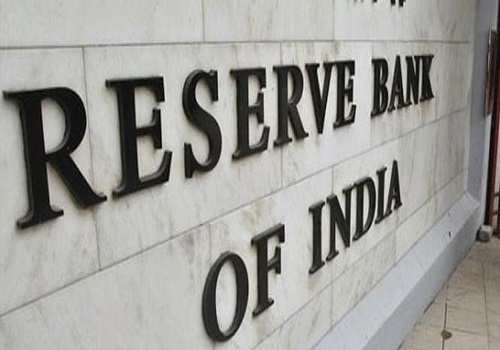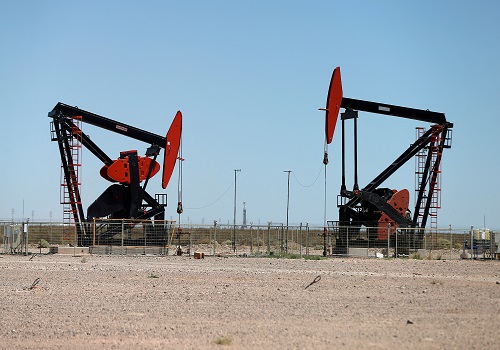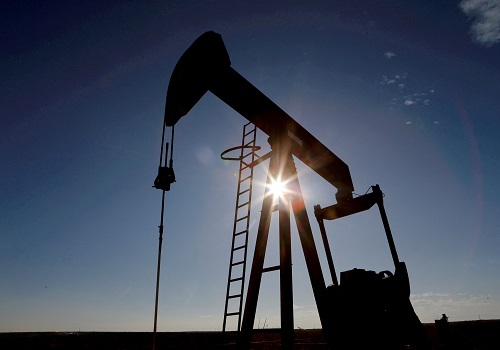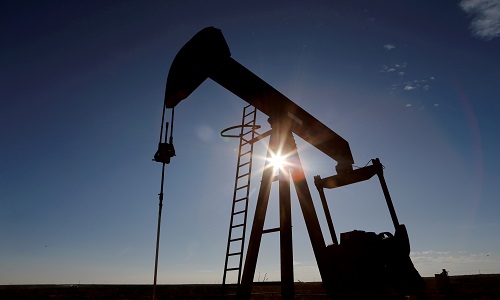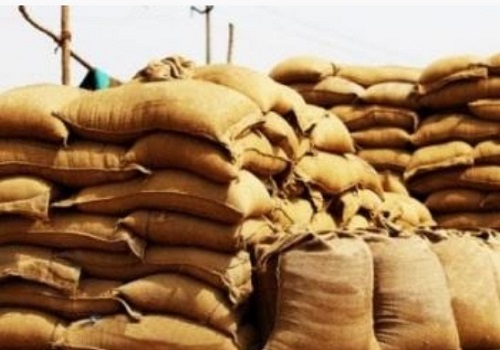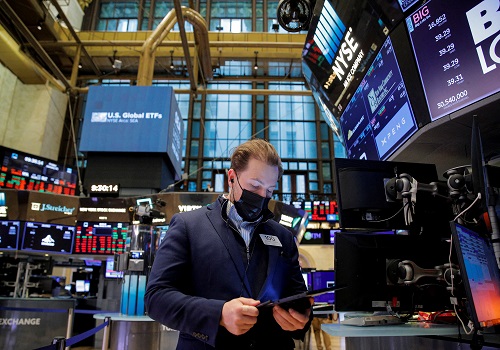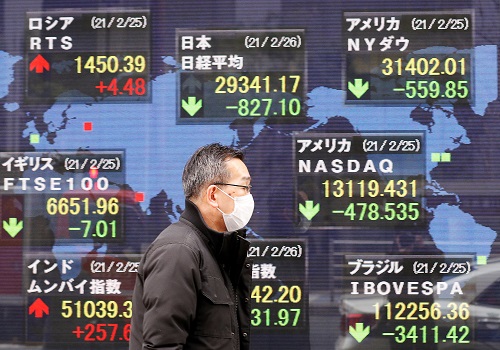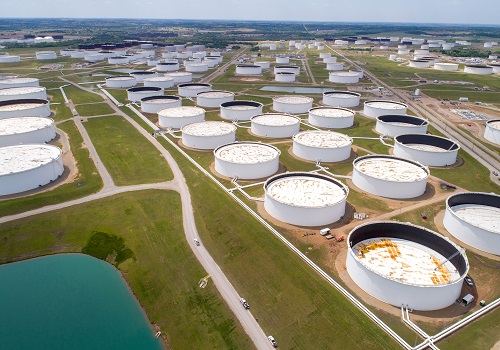Stocks steady near one-year lows; oil and commodities climb higher
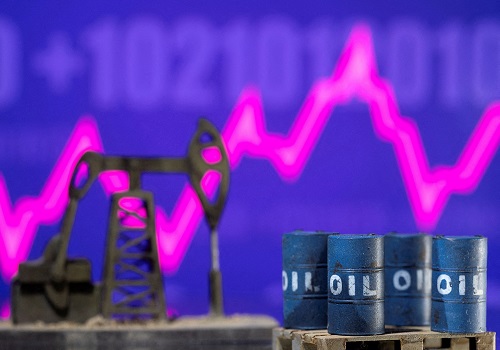
Follow us Now on Telegram ! Get daily 10 - 12 important updates on Business, Finance and Investment. Join our Telegram Channel
LONDON - European stocks and Wall Street futures edged slightly higher on Tuesday, but markets remained volatile as the prospect of a ban on Russian oil imports pushed oil prices higher and added to investor fears over inflation.
Since the conflict in Ukraine began on Feb. 24, Western sanctions have cut off Russia from international trade and financial markets.
U.S. President Joe Biden's administration is willing to move ahead with a U.S. ban on Russian oil imports even if European allies do not, U.S. sources indicated. Russia warned that prices could surge to $300 a barrel and it might close the main gas pipeline to Germany if the West halts oil imports over the invasion of Ukraine.
International oil benchmark Brent crude, which briefly hit more than $139 a barrel in the previous session, was up about 3.6% on the day at $127.73 at 1213 GMT.
The MSCI world equity index, which tracks shares in 50 countries, was down 0.1%, having hit its lowest level since March 2021 in early Asian trading.
Germany's benchmark government bond yield rose sharply and a gauge of long-term euro zone market inflation expectations rose to its highest level since late 2013.
Still, with Europe rejecting plans to ban energy imports, there was some relief in European stocks.
The STOXX 600 was up 0.8% on the day and the banking sector was up 5%, recovering from a one-year low hit in the previous session.
Marco Willner, head of investment strategy at NNIP, attributed some of the improved sentiment to a Bloomberg report that the European Union could soon announce a plan for joint bond issuance to finance energy and defence spending in the face of Russia's invasion of Ukraine.
"It’s a very fragile environment, but (the EU's plan) is at least one of the positive signals that we were waiting for," he said.
After the S&P 500's worst day since October 2020, Wall Street futures pointed to some stabilisation, with S&P 500 futures up 0.7% and Nasdaq futures up 0.5%.
The U.S. 10-year yield was up around 10 basis points at 1.85%.
“The risks are skewed to the downside but it’s a highly volatile market with strong intraday moves across all markets," NNIP's Willner said.
Price action in the currency markets reflected increased investor nervousness with the U.S. dollar advancing against the Aussie, signalling traders were becoming increasingly pessimistic about the global growth outlook. A currency market volatility gauge jumped to a two-year high.
U.S. crude ticked up 2.6% at $122.47 a barrel, while prices of many other commodities continued to rise. Gold climbed above the key $2000 level.
The London Metal Exchange (LME) halted nickel trading on Tuesday after prices doubled in just hours to a record $100,000 per tonne, fuelled by a race to cover short positions.
UBS Global Wealth Management recommended a neutral stance on equities and advised clients to hold commodities, energy stocks and the U.S. dollar as portfolio hedges in the short term.
The rally in oil and other commodities has heightened investor fears about global inflation. Data this week is expected to show the U.S. Consumer Price Index climbed a stratospheric 7.9% on a year-on-year basis in February, up from 7.5% in January.
With the outlook for European growth darkening, the euro was up 0.5% on the day at $1.0911, after taking a beating and falling 3% last week to its lowest level since mid-2020.
The dollar index, which tracks the greenback against a basket of currencies of other major trading partners, was down 0.2%.


.jpg)



